When I was a kid, our family took a lot of long car trips. And every time we crossed a state boundary—there were so many of them in the Northeast—I had a ritual. Seeing the Welcome sign, I’d affect the deepest voice I could, as if I was an officious Chamber of Commerce executive, and very formally shake hands with everyone in the car. “Welcome. Welcome, welcome.”
The boundaries seemed pointless to me. We flowed effortlessly from one jurisdiction to another. The roadside view seemed little changed. Yet the Welcome signs suggested a significant change in state, as it were, requiring some sort of ritual. Eight-year-old me was there to provide that ritual. But in a fake voice in case the whole thing was fake.
I have since come to believe that it’s not fake. Despite their proximity, Vermont does feel different from New Hampshire, Wyoming from Montana. Even when the lines were arbitrarily drawn by clueless old white men within the past century or two, I can perceive differing landscapes on either side of a line. Is that because I’m prompted to? Is my perception caused by the line rather than the landscape? But that too is how culture is framed.
And how culture shapes our perception of nature.
In recent years, my interest has shifted to the boundaries of official wilderness areas. My ritual has changed: I now snap a picture of the sign. Here I’ve collected a bunch of these snapshots. The point being to ponder these boundaries.
There’s nature on both sides of the signs. Woods, deserts, rivers, mountains, habitat. There’s solitude and spiritual wonder. There are landscapes relatively undisturbed by humans, plus once-disrupted landscapes now largely reclaimed by natural forces. Humans may sometimes violate boundaries, but nature doesn’t know them at all.
If they are not natural boundaries, they may still be natural stories. They have meaning. Whether our perceptions are created by the landscape or the lines and signs, the wilderness feels different somehow. That’s our culture and our nature. Our stories.
Discussion:
The pictures are from six states. But if you want me to further identify locations, you have to buy me a beer in person :) #nogeotagging

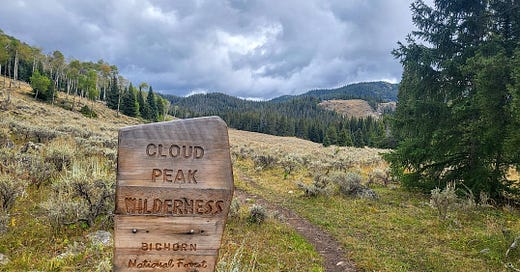




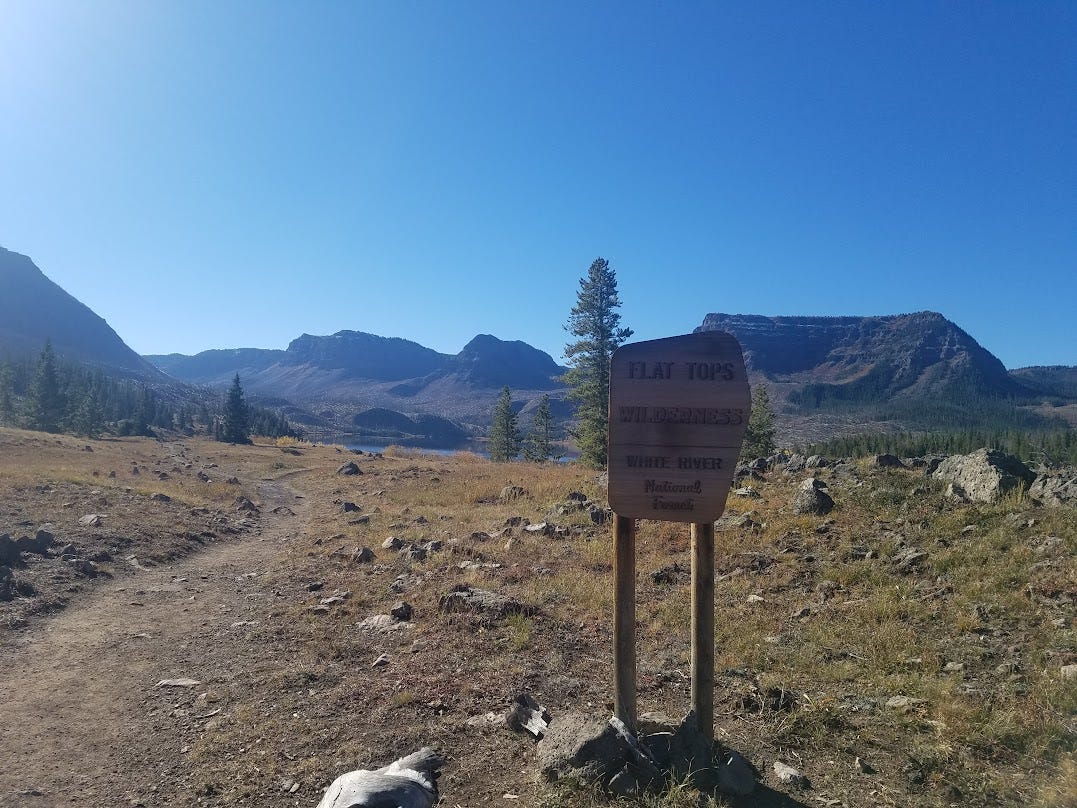

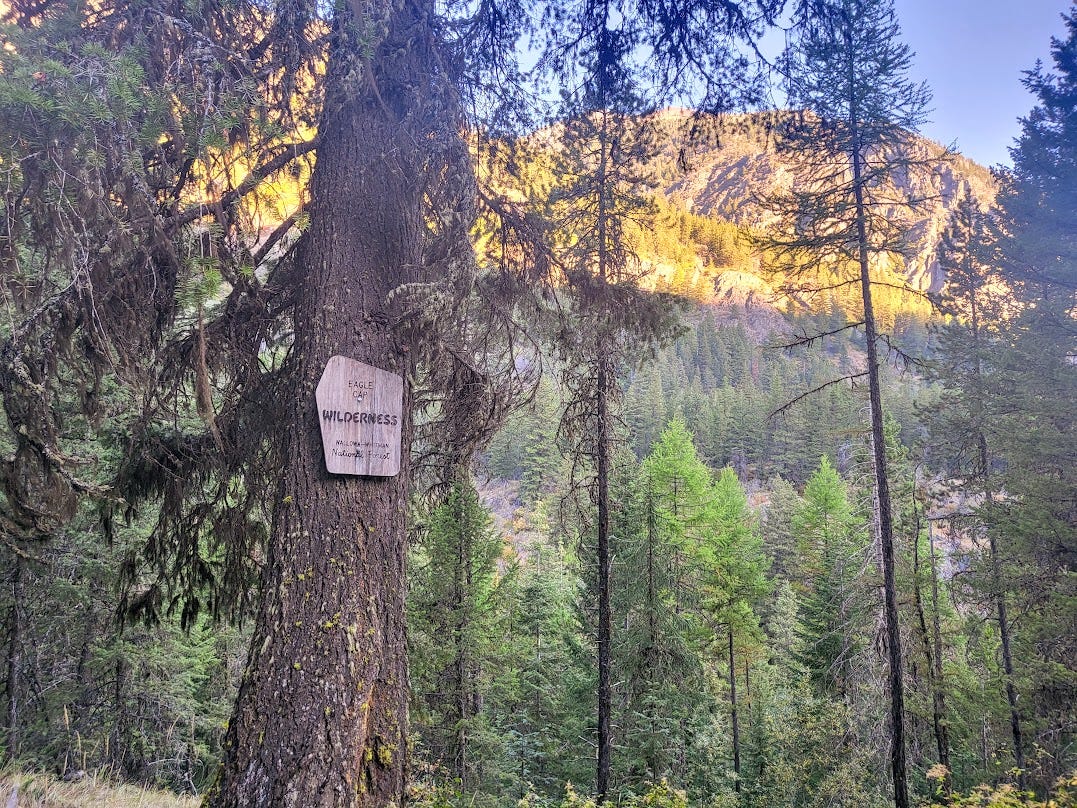
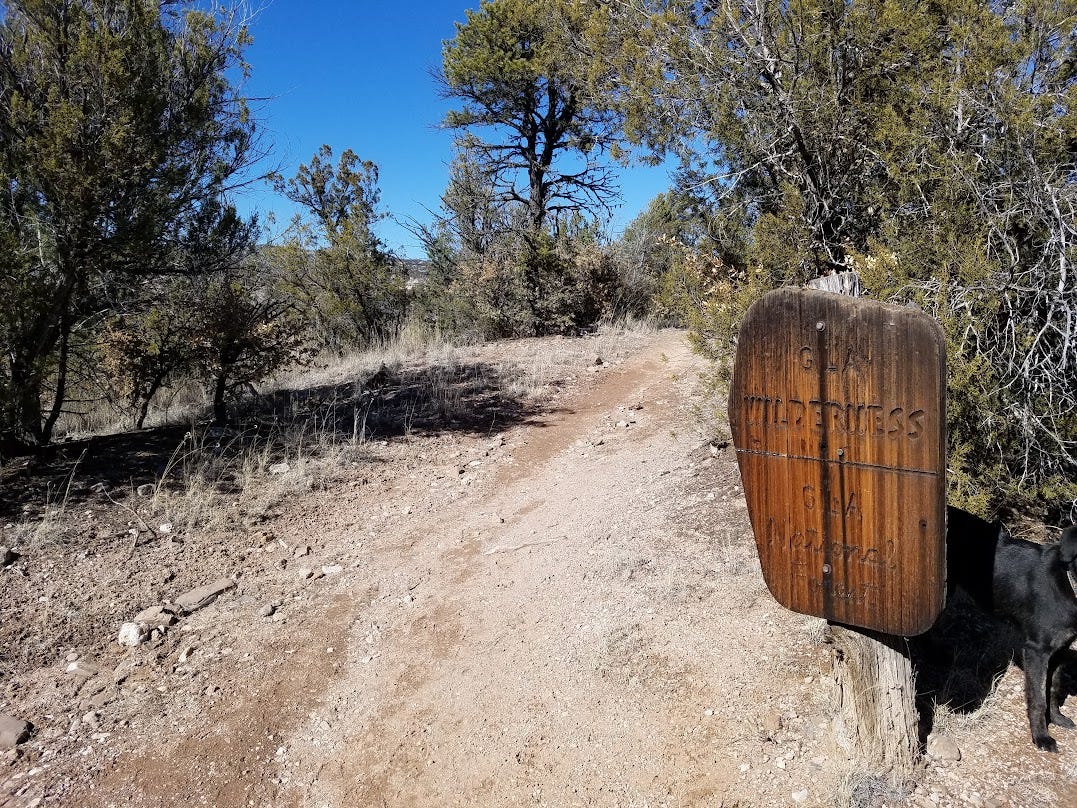
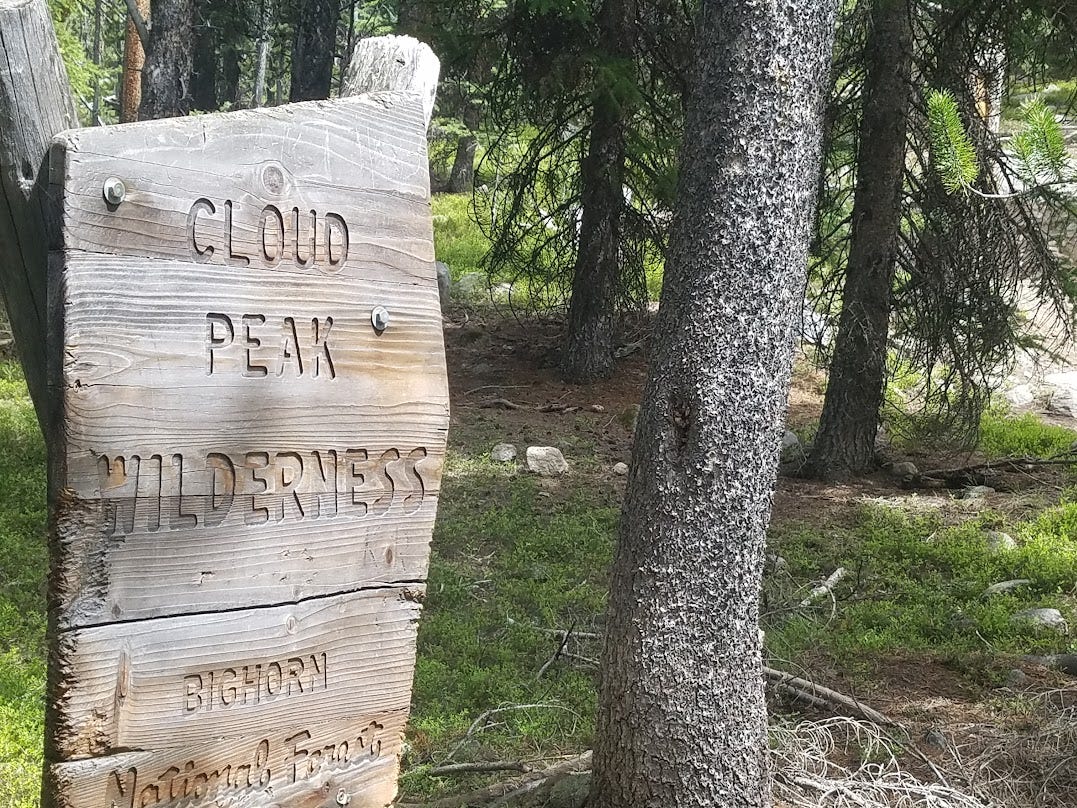
It's funny, I drove up to Glacier National Park on a whim this morning and got caught up in road maintenance delays all along the shore of Lake Macdonald. It set me thinking on these very ideas, the concept of National Parks, what they mean and are, how road maintenance every year--which gives us access to their insides--erode some of their "wildness."
My body eases significantly when stepping into wilderness areas. I've narrowed this down to the lack of cars and fossil fuel-driven machines in general. It's partly the speed and partly the noise. And we know now, if we didn't before, that the effect of those on the rest of life is measurable, too. Those boundaries mean something, even if it's not what we initially think.
Nice signs pics. And a good question about the interaction of institutions and perception. Wilderness is institutional and has boundaries. The "wild" isn't and doesn't. So, how do we bound our perception? Or allow it to be bounded? Especially when, as you point out, nature knows no boundaries?
I try to be content with the idea that all boundaries people can imagine are arbitrary anyway, that I can allow them and my perception of them to shift with purpose or even just mood, and to acknowledge and accept the natural complexity of people and our institutions. But I have a luxury that those who manage the public lands do not.